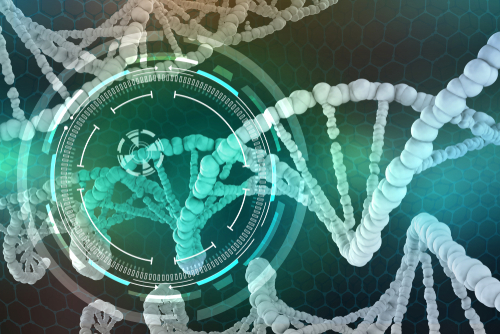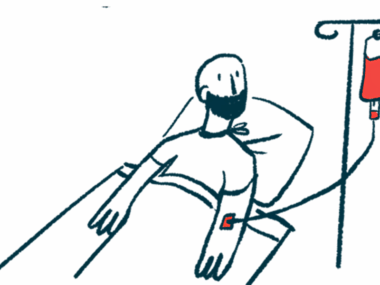Study Identifies Genetic Risk, Protective Factors for Late-onset MG in Italy
Written by |

A specific haplotype — or genetic signature inherited from one parent — was identified as a risk factor for the development of generalized late-onset myasthenia gravis (LOMG) in the Italian population.
A second haplotype was newly identified as having a potential protective effect against the disorder, similar to its effect on other autoimmune diseases.
The study, “Human Leukocyte Antigen Class II associations in late-onset Myasthenia Gravis,” was published in the journal Annals of Clinical and Translational Neurology.
MG is characterized by the production of antibodies that attack proteins that facilitate communication between nerves and muscles. The acetylcholine receptor (AChR) is the most common target of these antibodies, accounting for approximately 85% of all MG cases. LOMG develops after the age of 50 and has increased in incidence with the aging general population.
MG subtypes are associated with different genetic variations in the human leukocyte antigen (HLA) system, a set of proteins that denote genetic variations in an individual’s immune system. Although LOMG has been associated with several HLA gene variations, the genetic factors that predispose individuals to develop LOMG are not well-understood.
In the study, researchers investigated the relationship between variations in two HLA gene spots, HLA-DRB1 and HLA-DQB1, and the clinical progression of LOMG in a population of Italian patients. Participants, enrolled between March 2019 and March 2020, all had AChR-associated MG with at least two years since disease onset.
Of the 107 patients in the study, 79 (73.8%) were male with a median age at disease onset of 68 and a median follow-up period of five years. A total of 77 (71.9%) patients had mild-to-moderate MG, with 96 (89.7%) requiring immunosuppressive therapy at some point over the course of the disease, and six (5.6%) requiring thymus removal.
By the end of the study, 76 (71%) participants had reached at least a “minimal manifestations” status, which indicates no symptoms or functional limitations from MG with some lingering muscle weakness. Complete remission was achieved by four (3.7%) patients.
The variations HLA-DRB1*07, HLA-DRB1*14, and HLA-DQB1*02 were significantly more frequent in the patient group than in the general population, suggesting their association with LOMG. Notably, the haplotype HLA-DRB1*07-DQB1*02 was significantly associated with LOMG and was found to be a major risk factor.
In turn, the variations HLA-DRB1*03, HLA-DQB1*03, and HLA-DRB1*11 were significantly less frequent in the LOMG patient group and therefore were considered protective against the disease. HLA-DRB1*11 has also previously been found protective against the development of rheumatoid arthritis and lupus nephritis.
The frequency of DRB1*07 increased with age at MG onset such that it was 28.6% in patients who were 80 years or older at MG onset compared with 25.4% in ages 60–79 and 14.6% in ages 50–59. The average onset age of patients who inherited two gene copies with DRB1*07 was 73.4, compared to 69.7 in those with one copy and 66.6 in people without DRB1*07. The haplotype DRB1*07-DQB1*02 showed a similar association with age of onset.
According to the scientists, the study may be limited by the inclusion of only DRB1 and DQB1 in the HLA analysis.
“Our data support the role of the haplotype HLA DRB1*07-DQB1*02 as a genetic risk factor for generalized AChR-positive … LOMG in the Italian population,” the researchers wrote, adding that “further studies, based on a more comprehensive genomic analysis, are required to further clarify the predisposing factors in LOMG and their role in disease pathogenesis [processes] and management.”






Leave a comment
Fill in the required fields to post. Your email address will not be published.